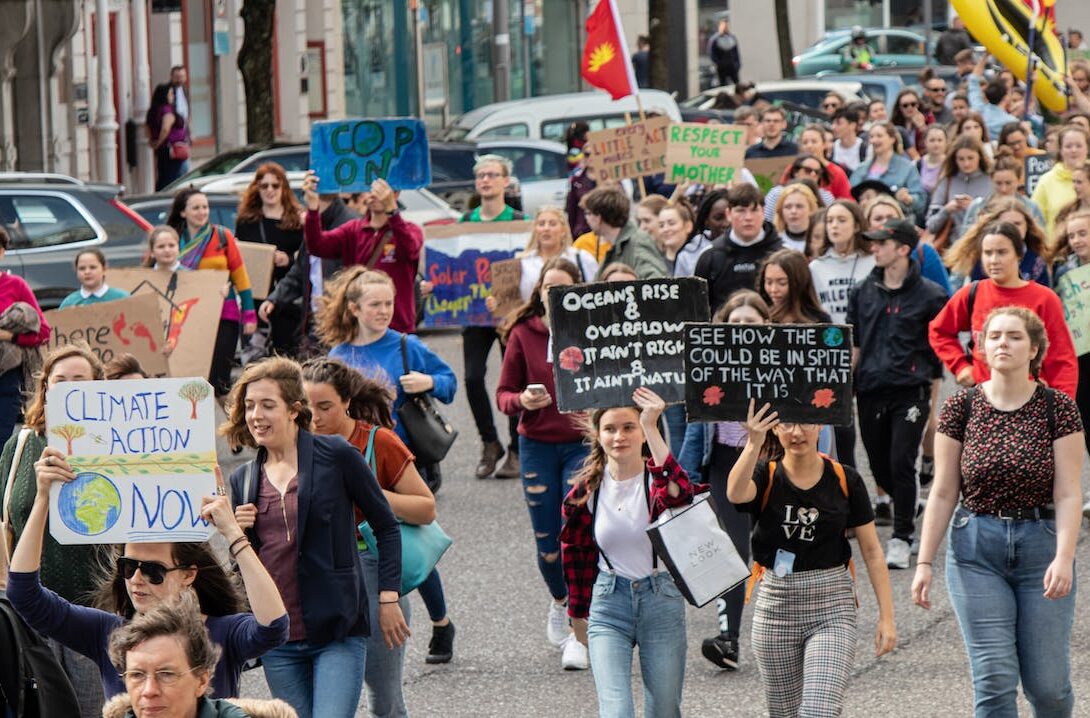Category: Politics & Government
News
- Articles from Policy & Internet
- Books
- Call for Papers
- Child Safety
- Collective Action
- Conferences
- Democracy
- Development
- Economics
- Education
- Environment
- Ethics
- Governance & Security
- Health
- Interviews
- Mapping
- Methods
- Policy
- Politics & Government
- Publications
- Social Data Science
- Submissions Closed
- Tools
- Video
- Wellbeing
-

Assessing the Ethics and Politics of Policing the Internet for Extremist Material
Exploring the complexities of policing the web for extremist material, and its implications for security,…
-

Controlling the crowd? Government and citizen interaction on emergency-response platforms
Government involvement in crowdsourcing efforts can actually be used to control and regulate volunteers from…
-

Does crowdsourcing citizen initiatives affect attitudes towards democracy?
Exploring how involvement in the citizen initiatives affects attitudes towards democracy
-

Do Finland’s digitally crowdsourced laws show a way to resolve democracy’s “legitimacy crisis”?
Discussing the digitally crowdsourced law for same-sex marriage that was passed in Finland and analysing…
-

Assessing crowdsourcing technologies to collect public opinion around an urban renovation project
How do you increase the quality of feedback without placing citizens on different-level playing fields…
-

Crowdsourcing for public policy and government
The growing interest in crowdsourcing for government and public policy must be understood in the…
-

Why are citizens migrating to Uber and Airbnb, and what should governments do about it?
What if we dug into existing social science theory to see what it has to…
-

Political polarisation on social media: do birds of a feather flock together on Twitter?
Twitter’s connections tend to be less about strong social relationships and more about connecting with…
-

Wikipedia sockpuppetry: linking accounts to real people is pure speculation
Conservative chairman Grant Shapps is accused of sockpuppetry on Wikipedia, but this former Wikipedia admin…


